Breeding, feed advances support rising output
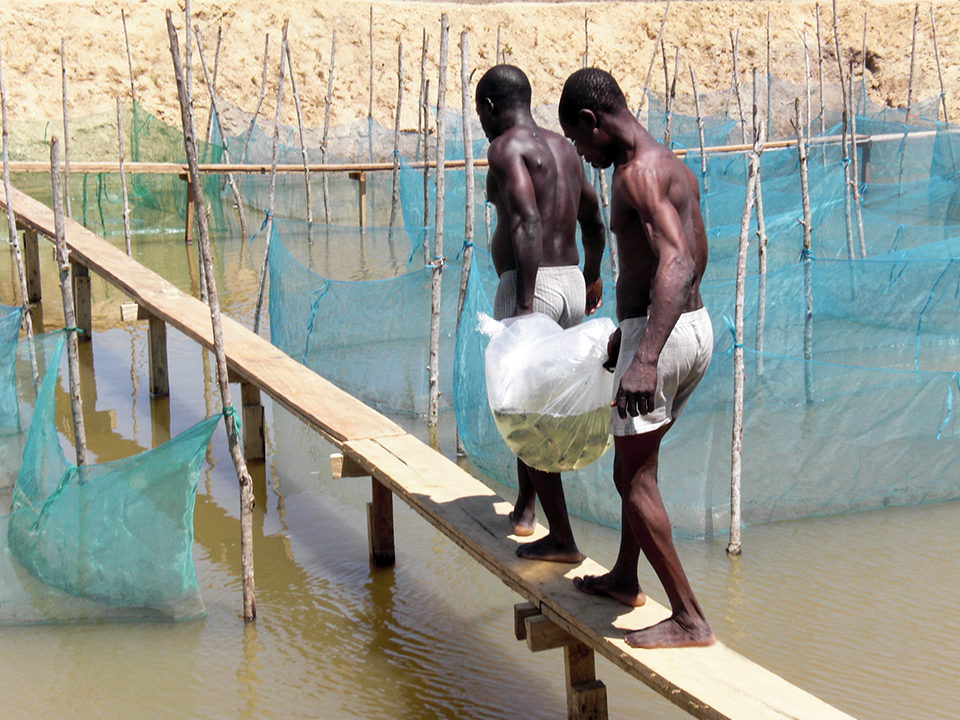
Ghana is a nation in which fish constitute about 60 percent of animal protein intake. The annual per-capita consumption of fish is currently about 26 kg, a figure that declined with decreasing fish harvests from 40 kg/capita in the 1970s. Fish are vital to Ghana’s food security, with fisheries accounting for about 7 percdent of gross domestic product and employing some 10 percent of the population.
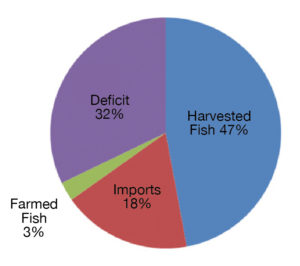
Meanwhile, fish stocks are overexploited, with marine fisheries in terminal decline from intense fishing pressure by offshore trawlers and paired seines, artisanal beach seining and lagoon harvesting of juveniles. The Volta Lake, source of most of the harvest from inland fisheries, is also showing signs of overfishing.
Ghana’s estimated fish requirement for 2012 was 968,000 metric tons (MT), which was partially met by fish harvests totaling about 455,700 MT from marine and inland fisheries. To make up the gap, aquaculture contributed about 26,000 MT, and 175,341 MT of fish were imported, but this total still left a large deficit in supply (Fig. 1).
Current figures indicate that annual fish farming output is about 24,250 MT from 2,278 cages and 1,770 MT from 4,749 ponds, which total about 700 hectares. These figures, however, represent a 20-fold increase in five years. More than 80 percent of production is locally selected stocks of Oreochromis niloticus, while the remainder is mostly African catfish or mudfish, Clarias gariepinus.
Aquaculture growth
Ghana’s interest in aquaculture dates back to 1953, when fish ponds were built in northern Ghana by the Department of Fisheries to supplement national demand for fish and increase livelihood opportunities. These initiatives did not result in much success.
In the early 1980s, the government of Ghana began a massive promotion of aquaculture. According to a study, this effort resulted in the construction of about 2,000 ponds with an estimated total area of 350 hectares. By the end of 2000, annual production was 750 MT, and it increased to 1,200 MT by 2004. In 2006, further developments emerged through private-sector investments.
Rapid increases in production can be attributed mainly to the introduction of floating cage systems in the Volta Lake and Volta River. By 2010, annual production increased to 10,000 MT and in 2012 hit 26,000 MT – indicating a 20-fold increase in five years (Fig. 2). It is worth mentioning that a single farm contributed 6,400 MT to this production, and it continues to be a motivating factor and attraction to other investors. Current tilapia production is typically based on sex-reversed males in 125-cubic-meter cages, in which about 10,000, 5-gram fish are raised to a size of about 300 grams in five months.
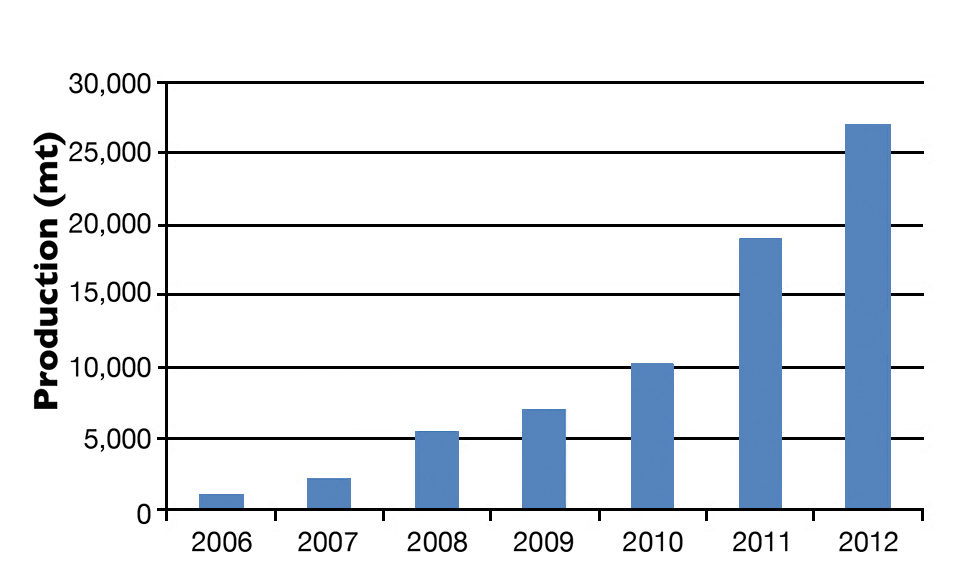
Favorable conditions
A number of natural factors, as well as institutional support and a big appetite for tilapia, have contributed to the growth of aquaculture in Ghana. The Volta Lake covers an area of 8,500 square kilometers, and the Volta River stretches about 50 km below the Akosombo hydroelectric dam. Ghana has 11,000 hectares of irrigated land spread across the country, with over 300 small dams and reservoirs in northern Ghana alone. In addition, there are 90 brackish water lagoons totaling about 40,000 hectares along the 500-km coastline. Climatic conditions are suitable for tilapia culture throughout the year.
The huge national “fish deficit” results in high domestic demand for fresh tilapia. A growing middle class with a taste for tilapia is leading to rising prices despite increasing production. In fact, capable individuals in cities are investing in fish farming managed by others.
Government support
In collaboration with international bodies and development partners, the government has initiated policies and regulations for the aquaculture industry in Ghana. The Ghana National Aquaculture Development Plan has the objective of producing 100,000 MT over a five-year period, thereby increasing the market share of commercially farmed fish in the country from 3 to 30 percent by 2018.
A new Ministry of Fisheries and Aquaculture Development was established in 2012 to emphasize the commitment of the government to aquaculture development. Government policy allocates 5 percent of irrigation areas to aquaculture to expand opportunities from planned irrigation schemes and hydroelectric projects.
Currently, the private sector is recognized as the driving force for the development of aquaculture in Ghana. The Water Research Institute (WRI), which has been carrying out aquaculture research related to production systems and genetic improvement since 1991, provides a range of technical support to the sub-sector. Currently, stocks of Genetically Improved Farmed Tilapia (GIFT) from the World Fish Centre are undergoing evaluation in comparison to the Akosombo stock in the Ghana Project supported by the Food and Agriculture Organization of the United Nations.
Licenses for aquaculture operations are issued by the Environmental Protection Agencies and Water Resources Commission. Other permits for operation are issued by the Fisheries Commission and district assemblies. These permits are especially necessary to regulate site selection for cages on Volta Lake.
Public universities and institutes provide courses in aquaculture and related areas to doctorate levels. Collaborations between universities and fish farms are leading to training and internships for students with mutual benefits.
Feed
Fish feed is mostly imported from Brazil, Israel, China and Southeast Asia. In 2012, an Israeli company established a modern fish feed mill near Accra. It is already producing 1,000 MT monthly using 70 percent locally sourced ingredients and inputs and supplying several other West African countries, including Togo, Benin and Nigeria. Other international fish feed companies are working hard for shares of the market.
Fish feed, however, continues to be a concern to farmers, as it constitutes 60 to 70 percent of the production costs for cage farmed tilapia. Nonetheless, the Ranaan fish feed mill in Ghana has reported it increased sales by four times in a single year. The cost of fish feeds ranges $1.00-2.50/kg, depending on source and brand.
Tilapia fingerlings
Ghana has about seven hatcheries, with a few of them owned by the government. Prominent among them is Water Research Institute (WRI), which has been developing superior strains of O. niloticus over eight successive generations. It has produced a strain that grows about 30 percent faster than fish in the wild and has other improved characteristics.
Most of the other hatcheries use the new WRI strain as broodstock in producing fingerlings for the whole industry. Some private farms have also developed their own strains.
Domestic market
Tilapia consumption in Ghana is largely defined by domestic production. Imports are illegal, and exports are minimal, although one farm aims to produce fillets for the export market. Tilapia are sold whole(gutted) and fresh. Well-priced alongside demersal species of fish sold, fresh tilapia have retail prices of $3.70 to 4.00/kg.
There is demand for both small tilapia of less than 200 grams and large sizes weighing over 350 grams. Small fish sell quickly because of high patronage by low-income earners. However, the higher margins are made by the retailers and not at the farm gates.
Production economics
Fish farmers are not forthcoming with farming information, but net margins of 30 percent are easily achievable by cage farmers. Mainly attributable to the high cost of feed, the overall cost of production in Ghana is higher than that of the low-cost leaders in other countries.
Large grow-out farms are known to be doing very well, but small-scale farmers are struggling due to limited economies of scale and production knowhow. The value chains of large-scale foreign investors tend to bypass local participants.
Challenges
Although tilapia farming is experiencing strong growth, overall output is minimal compared to that for other species. A number of factors account for this.
At the institutional level, regulations and farming zones tend to be inadequately enforced. Coordination among agencies is limited, and there are problems with access to land. At the enterprise level, costs are high for feed and quality fingerlings, and access to credit to pay for them – especially for small-scale farmers – is limited. Knowledgeable and experienced personnel are largely lacking.
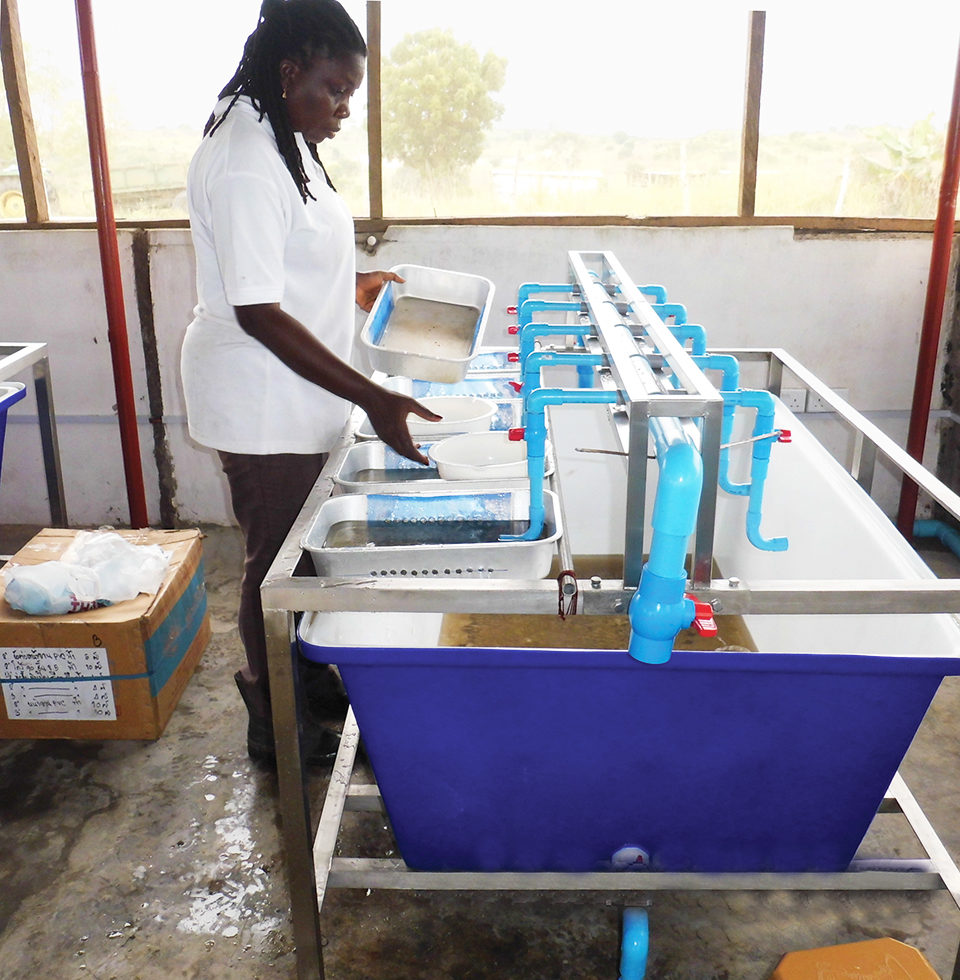
Perspectives
A number of foreign commercial investors have set up in Ghana and drastically impacted the scale and practice of fish farming in the country. Ghana is in the initial stages of aquaculture production, and pioneering farms are taking advantage of available opportunities. Additional investors are welcome, as much more needs to be done for pond culture development and support to small-scale producers.
Going forward, greater enforcement of regulations will be required to ensure orderly growth toward a period of stabilization and consolidation. The government and fish farmers are on a course of collaboration for the continued implementation and enforcement of regulations, improvement of tilapia stocks and greater fish health management. Within the next five years, there will likely be a better story to tell.
(Editor’s Note: This article was originally published in the November/December 2013 print edition of the Global Aquaculture Advocate.)
Author
-
Jacob Ainoo-Ansah
Ainoo-Ansah Farms
Ghana Aquaculture Association
P. O. Box OS 2655
Accra, Ghana
Tagged With
Related Posts
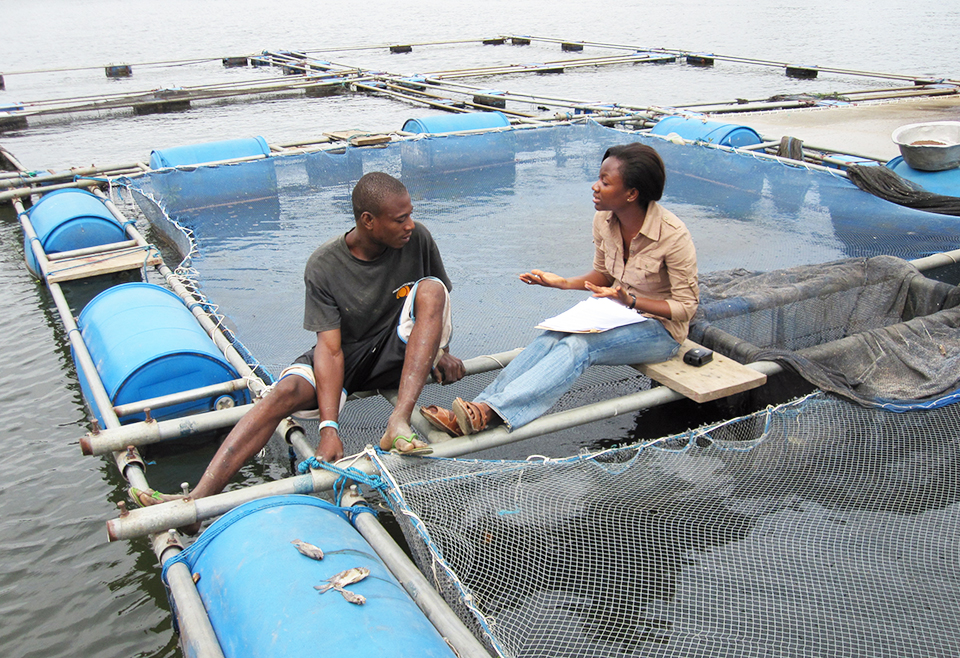
Health & Welfare
A look at tilapia aquaculture in Ghana
Aquaculture in Ghana has overcome its historic fits and starts and is helping to narrow the gap between domestic seafood production and consumption. Production is based on Nile tilapia.
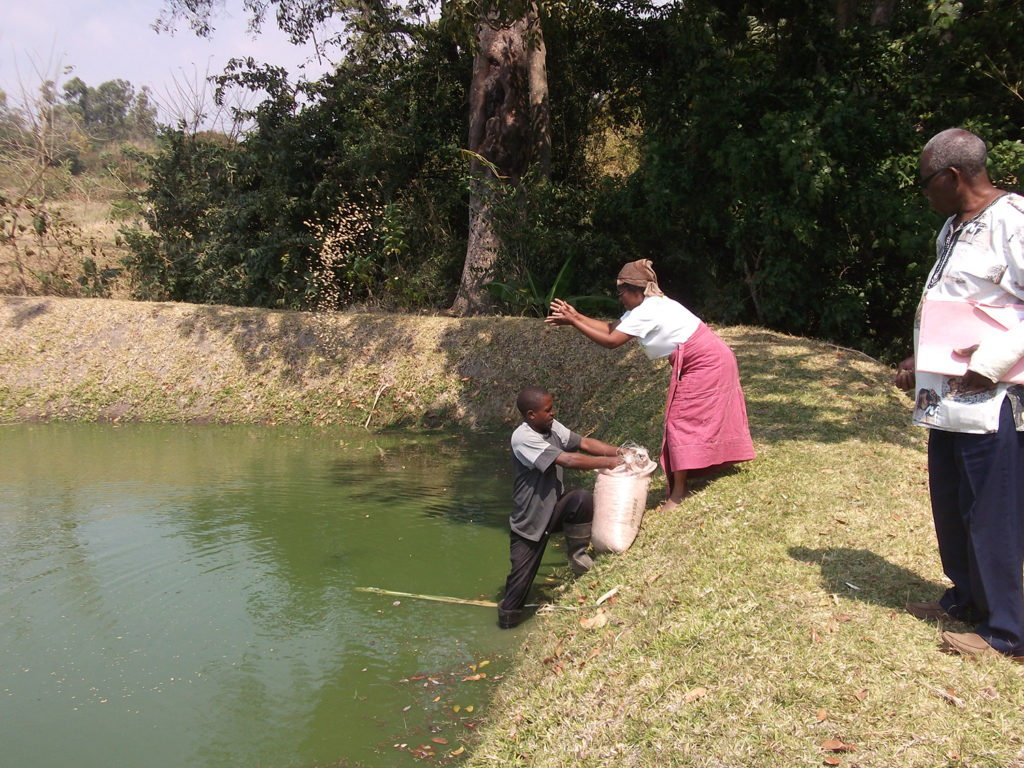
Innovation & Investment
Investing in Africa’s aquaculture future, part 1
What is the future that Africa wants? Views on how to grow aquaculture on the continent vary widely, but no one disputes the notion that food security, food safety, income generation and job creation all stand to benefit.
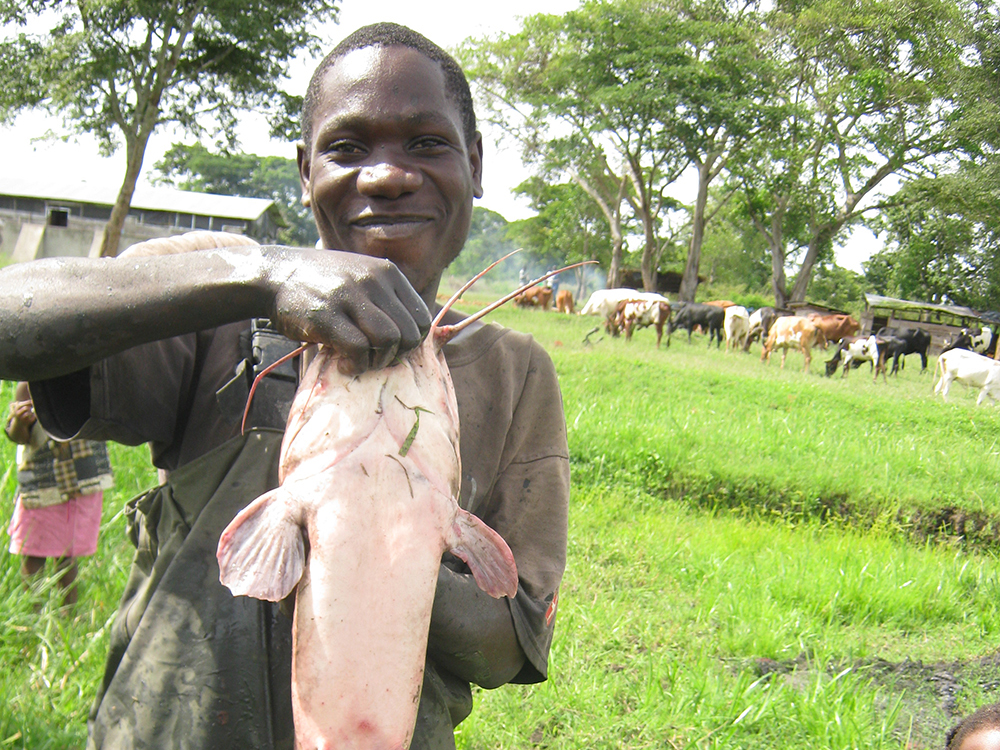
Innovation & Investment
Investing in Africa’s aquaculture future, part 2
Africa offers innumerable opportunities and a raft of challenges for developing a modernized aquaculture industry. Investors are interested, and pursuing with cautious optimism.
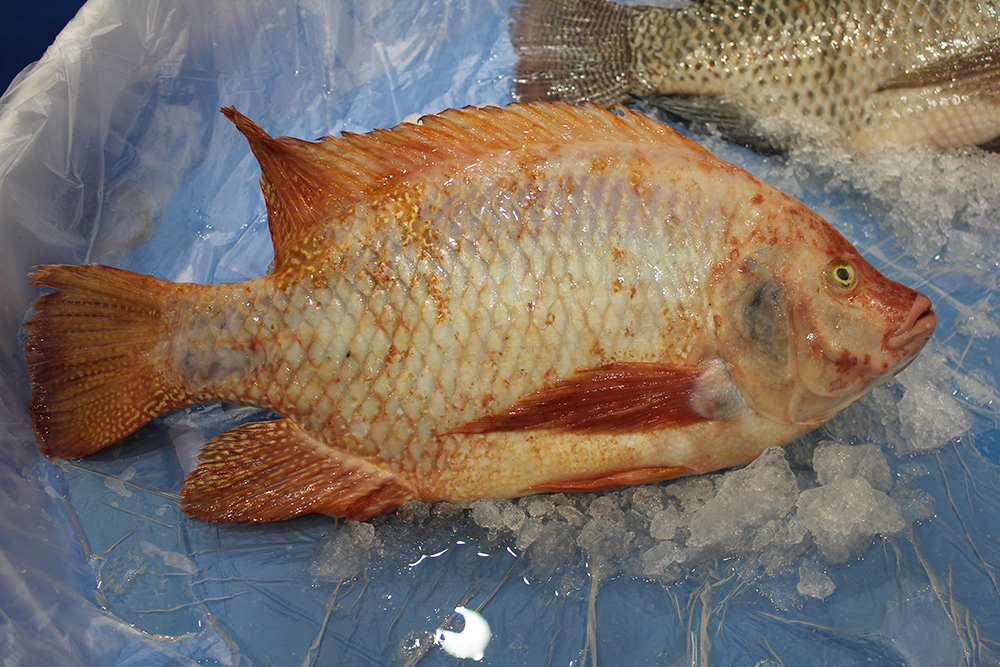
Intelligence
Adding value to tilapia to tap into U.S. market
New markets for tilapia and expansion of existing ones can be created by planning and implementing properly designed geographic strategies to meet discriminating consumer preferences. Low labor costs in most producing countries promotes value-adding by the production of fresh fillets.


